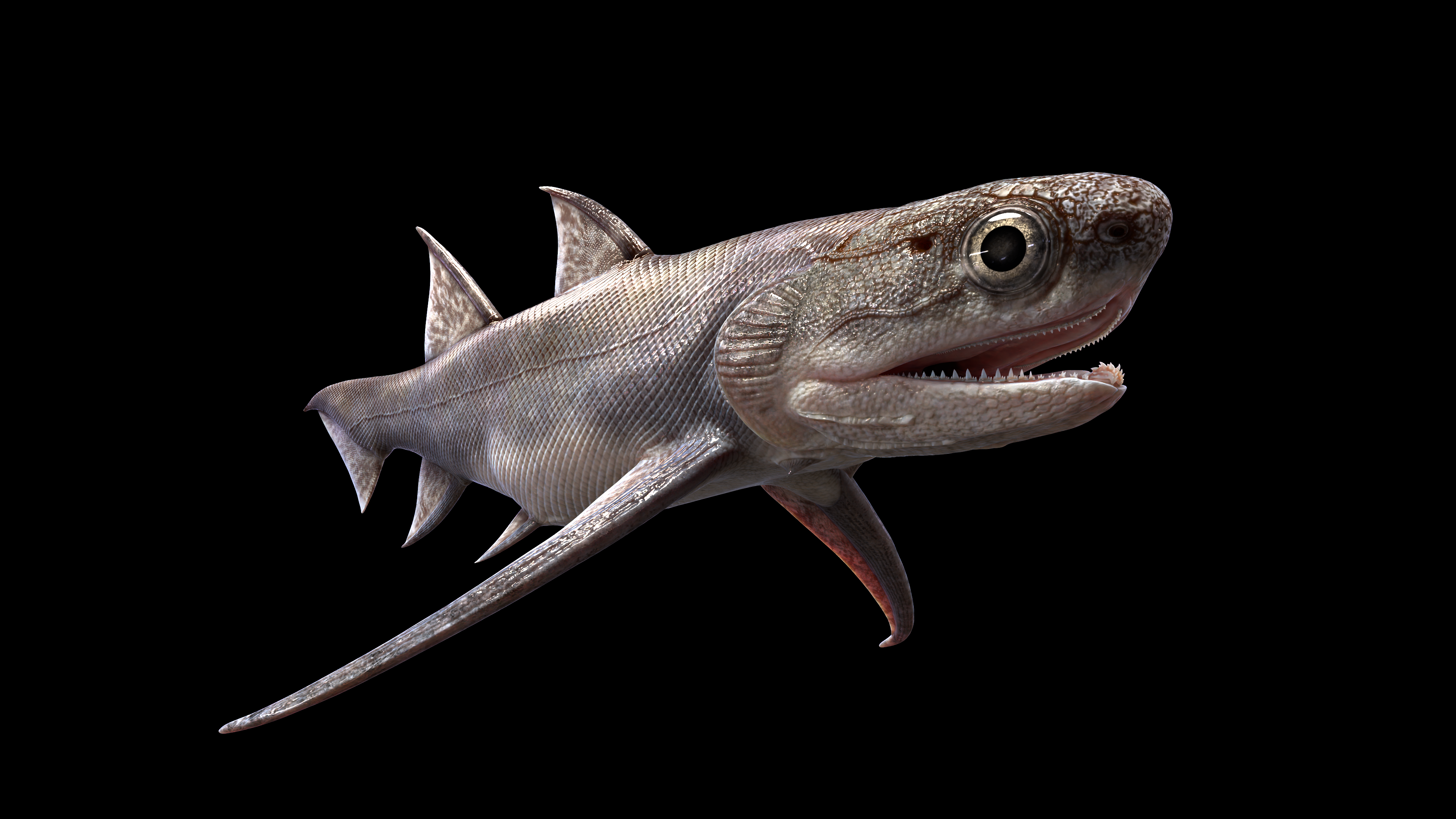Ancient shark-like fish appeared much earlier than previously thought – study
A handful of fossil teeth from a completely new species suggests the creatures emerged some 440 million years ago.

Your support helps us to tell the story
From reproductive rights to climate change to Big Tech, The Independent is on the ground when the story is developing. Whether it's investigating the financials of Elon Musk's pro-Trump PAC or producing our latest documentary, 'The A Word', which shines a light on the American women fighting for reproductive rights, we know how important it is to parse out the facts from the messaging.
At such a critical moment in US history, we need reporters on the ground. Your donation allows us to keep sending journalists to speak to both sides of the story.
The Independent is trusted by Americans across the entire political spectrum. And unlike many other quality news outlets, we choose not to lock Americans out of our reporting and analysis with paywalls. We believe quality journalism should be available to everyone, paid for by those who can afford it.
Your support makes all the difference.The first appearance of shark-like jawed fish may have happened some 15 million years earlier than previously thought, new evidence suggests.
A handful of fossil teeth from a completely new species suggests the creatures emerged some time at the end of the Ordovician, or beginning of the Silurian, period – around 440 million years ago.
Before this, the earliest jawed fish to be positively identified included species 424 million years ago.
The fossil samples were analysed by researchers at the University of Birmingham, the Institute of Vertebrate Palaeontology and Palaeoanthropology, part of the Chinese Academy of Sciences and Qujing Normal University, China.
Dr Ivan Sansom, lecturer at the University of Birmingham and a co-author on the paper, said: “Until this point, we’ve picked up hints from fossil scales that the evolution of jawed fish occurred much earlier in the fossil record, but have not uncovered anything definite in the form of fossil teeth or fin spines.”
While the team found lots of scales in the sample taken from the site of a new road being dug at a location in Guizhou Province, China, they eventually also uncovered a number of tiny teeth between 1.5mm and 2.5mm long.
These are the first creatures that we would recognise today as fish-like, evolving from creatures often referred to as ‘clams with tails’, from earlier in the Ordovician period
Around 20 of the teeth were from the same species.
From the arrangement of the teeth and the shape of their bases, researchers established they came from a fish with an arched jaw margin, with offset tooth rows, similar to those found in sharks.
The new species has been named Qianodus duplicis – Qian being an ancient name for Guizhou Province, odus from the Greek for tooth, and duplicis, or double, referring to the paired rows of teeth.
In a separate paper, also published in the Nature journal, the team also identified fossil elements that relate to fin spines.
These are bony projections in front of the fins which can be seen today on Port Jackson sharks.
These spiny structures form the basis for a new species Fanjingshania renovata.
Dr Plamen Andreev, lead author on these papers, said: “The early so-called ‘spiny sharks’ had these features on all of their fins, but the examples that we have found belong to a much earlier period.
“These are the first creatures that we would recognise today as fish-like, evolving from creatures often referred to as ‘clams with tails’, from earlier in the Ordovician period.”
Cartilaginous fish, including sharks, separated off at some point from bony fish, from which humans eventually evolved.
However, the point at which this occurred is obscured within ghost ranges in the Ordovician period where only hints in the fossil record have been found.
Precisely how and when this separation happened is still a mystery.